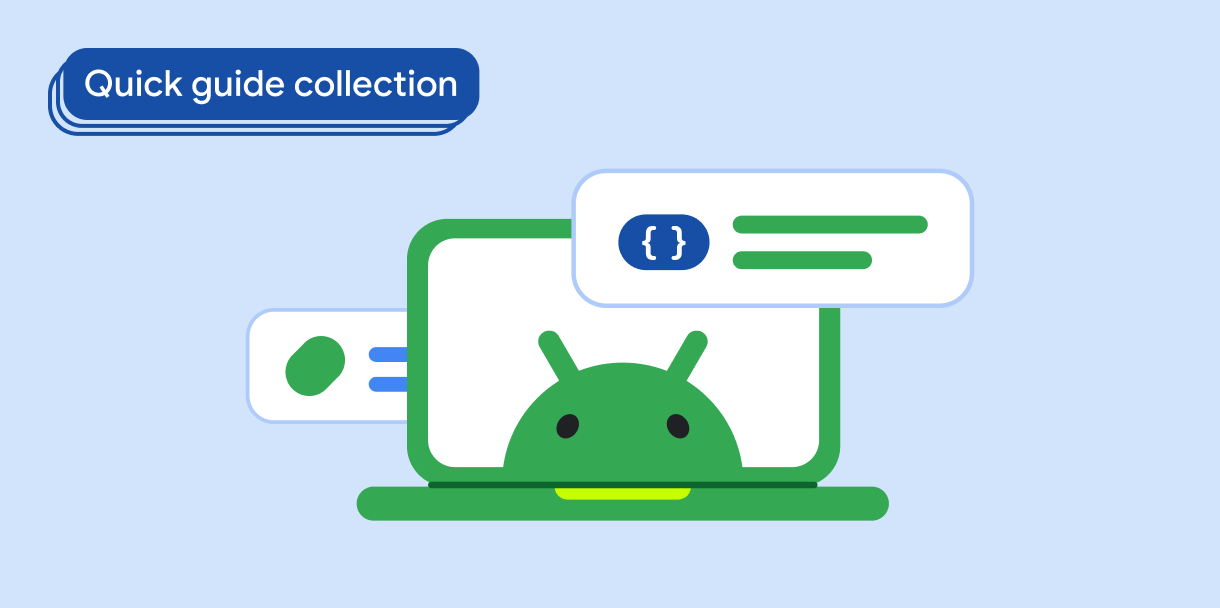With lazy loading and Paging, you can support large lists of items—including an infinite list—in your app by loading and displaying data incrementally. This technique enables you to reduce initial load times and optimize memory usage, enhancing performance.
Results
The following video shows the resulting behavior of a large list fetching data as the user scrolls.
Version compatibility
This implementation requires that your project minSDK be set to API level 21 or higher.
Dependencies
Display paged content
With the Paging library, you can load and display pages of data from a larger dataset acquired from local storage or over a network. Use the following code to display a paginated list that shows a progress bar to indicate to the user that more data is being fetched:
@Composable fun MessageList( modifier: Modifier, pager: Pager<Int, Message> ) { val lazyPagingItems = pager.flow.collectAsLazyPagingItems() LazyColumn { items( lazyPagingItems.itemCount, key = lazyPagingItems.itemKey { it.id } ) { index -> val message = lazyPagingItems[index] if (message != null) { MessageRow(message) } else { MessagePlaceholder() } } } @Composable fun MessagePlaceholder(modifier: Modifier) { Box( Modifier .fillMaxWidth() .height(48.dp) ) { CircularProgressIndicator() } } @Composable fun MessageRow( modifier: Modifier, message: Message ) { Card(modifier = Modifier.padding(8.dp)) { Column( modifier = Modifier.padding(8.dp), verticalArrangement = Arrangement.Center ) { Text(message.sender) Text(message.text) } } } }
Key points about the code
LazyColumn: This composable is used to display a large list of items (messages) efficiently. It only renders the items that are visible on the screen, thus saving resources and memory.- The
lazyPagingItemsobject efficiently manages the loading and presentation of paged data within theLazyColumn. It passesLazyPagingItemstoitemsin theLazyColumncomposable. MessageRow(message: Text)is responsible for rendering individual message items, likely displaying the sender and text of the message within a Card.MessagePlaceholder()provides a visual placeholder (a loading spinner) while the actual message data is being fetched, enhancing the user experience.
Collections that contain this guide
This guide is part of these curated Quick Guide collections that cover broader Android development goals:

Display a list or grid

Display interactive components



